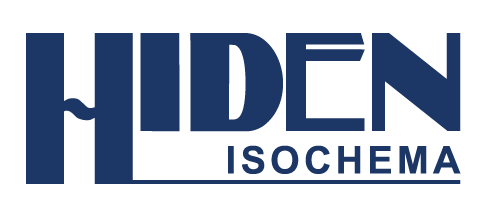When assessing the suitability of protective packaging materials, the sorption and permeability characteristics of the polymer materials need to be measured. This can be achieved through the IGA gravimetric sorption analyzer that facilitates characterization and testing of new materials. Figure 1 shows the IGA gravimetric sorption analyzer.
.jpg)
Figure 1. IGA gravimetric sorption analyzer
Experimental Procedure
The polymer membrane was directly suspended in the IGA-002 sample chamber and outgassed to high vacuum of less than 10-6 mbar at 25°C.
The pressure was stepped up to determine the adsorption branch, and then stepped down to determine the desorption branch using water vapor as the sorbate. As a result, the sample could be studied isothermally at 25°C.
Figure 2 describes the IGA method that was used to analyze the weight relaxation that resulted from each pressure step. The asymptotic equilibrium was then determined using the linear driving force (LDF) model.
The equilibrium uptake point from the fit is predicted by the IGA method, which also establishes the adsorption rate constant, k. The method also ensures constant accuracy at each isothermal point, as well as optimizing the use of instrument time.
The adsorption isotherms measured for ethanol and water on the membrane sample are shown in Figure 3. A high water concentration was observed in the membrane.
The rate constants measured for each isotherm point is shown in Figure 4. It is evident that the water sorption kinetics remained constantly slower between 0.05-0.92 p/p0 when compared to the ethanol sorption kinetics. The water sorption kinetics were found to be strongly concentration dependent over p/p0 = 0.85.
.jpg)
Figure 2. The IGA Method
.jpg)
Figure 3. Vapor sorption uptake isotherm of membrane
.jpg)
Figure 4. Kinetic study of water and ethanol vapor uptake
Results and Discussion
This article has demonstrated that this polymer membrane has better resistance to ethanol breakthrough when compared to water. The longer time constants that control diffusion of water, however, denote that the water permeates slower than the ethanol. Therefore, the polymer membrane may be well-suited for packaging where some moisture diffusion is not critical over short time frames.
The IGA is the ideal solution for determining permeability as a function of both concentration and diffusion constants.

This information has been sourced, reviewed and adapted from materials provided by Hiden Isochema.
For more information on this source, please visit Hiden Isochema.